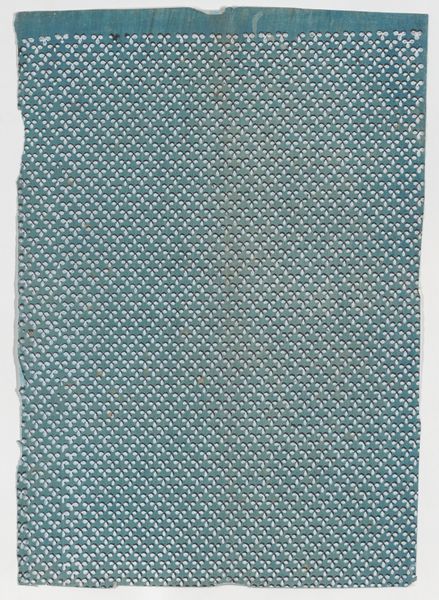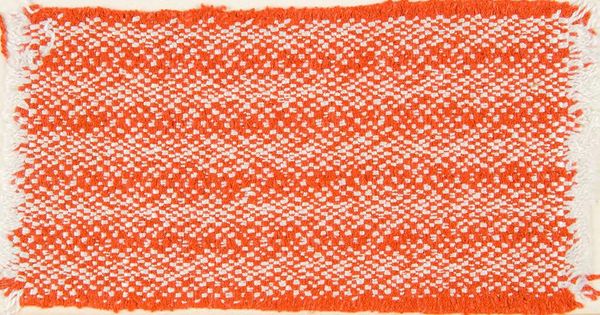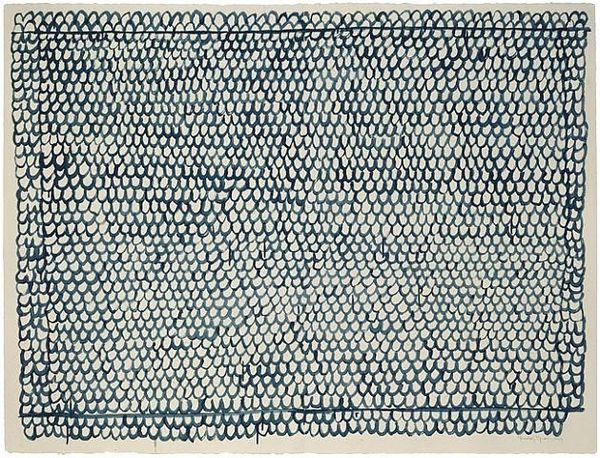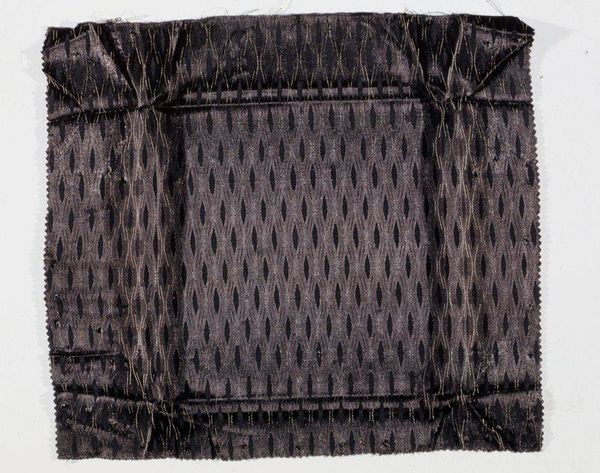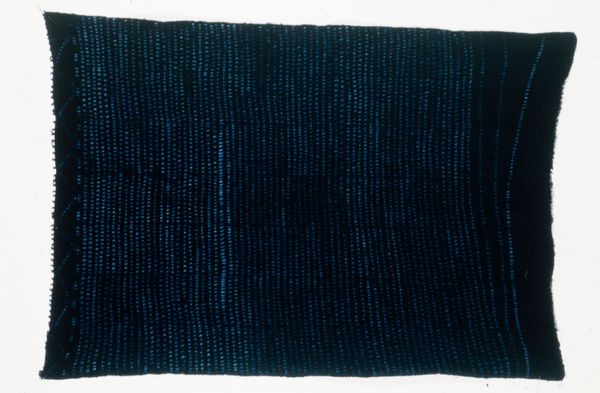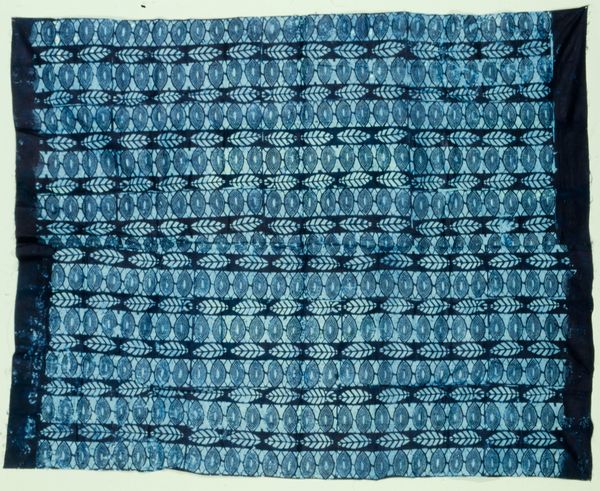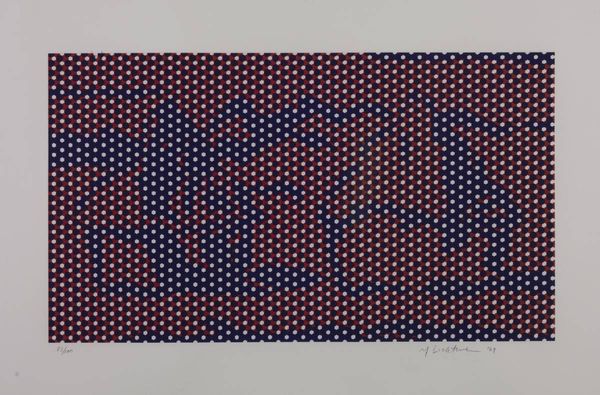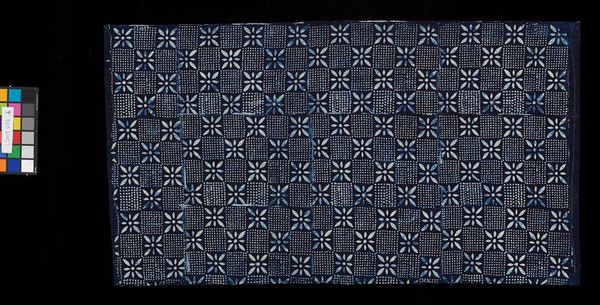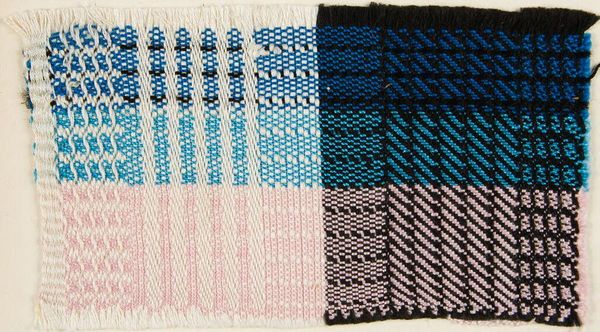
textile
#
textile
#
geometric
#
united-states
Dimensions: 12 x 12 in. (30.48 x 30.48 cm) (approx.)
Copyright: No Known Copyright
Curator: I see order. A perfect, blue grid fading in and out with the creases of the fabric. Editor: And I find it quite calming, almost hypnotic in its repetition. We're looking at a textile piece here at the Minneapolis Institute of Art attributed to the Chatham Manufacturing Company. The label suggests a date sometime in the 20th century and the simple title is “Automobile Fabric.” Curator: “Automobile Fabric” – a utilitarian designation that hardly conveys the artistry embedded in the material itself. Just consider the manufacturing of such a repeating pattern, the labour… I wonder how this impacted worker culture? Editor: The American auto industry was a giant during this time period. Something like this really reflects American ingenuity in both manufacturing and marketing in the 20th century. The company needed a certain look and feel to the interior. But it had to be affordable on a mass production scale. Curator: It's interesting to consider textiles, which have always existed on the margins between functional goods, commodity production, and visual arts. Even in its designation as “automobile fabric” this work raises fundamental questions around high and low art. Editor: Right. Something created with clear social and commercial purpose also becomes a unique cultural marker of its time. How we use it, wear it, and incorporate it into our daily lives reveals our needs and preferences in specific eras. Curator: Yes! The regularity in its composition underscores an effort in the means of its making to unify all, and perhaps it's the imperfection in how it is presented which elevates it? Its folded, soft state? It’s as though it's not yet at work; it has become art. Editor: A lovely thought. Seeing this textile as an example of design during its age is insightful for thinking about production for an emergent mobile society in general. Curator: And maybe how even the most mass-produced objects can carry the weight of social and aesthetic significance. Editor: Absolutely. It makes one really stop and appreciate the stories these quiet, quotidian things have to tell about where we’ve been.
Comments
No comments
Be the first to comment and join the conversation on the ultimate creative platform.
